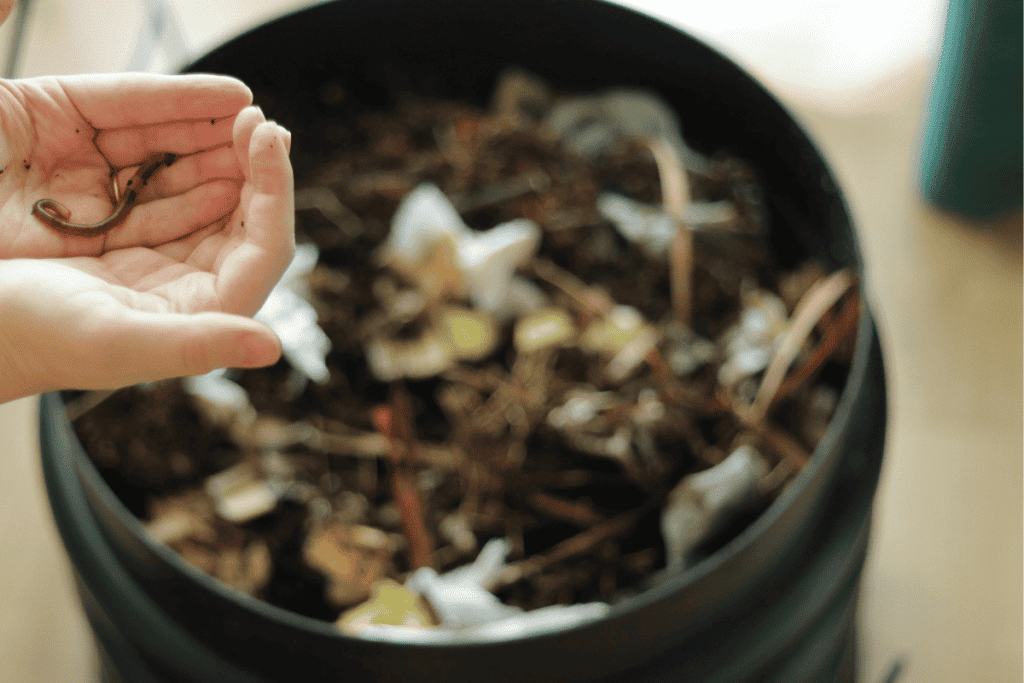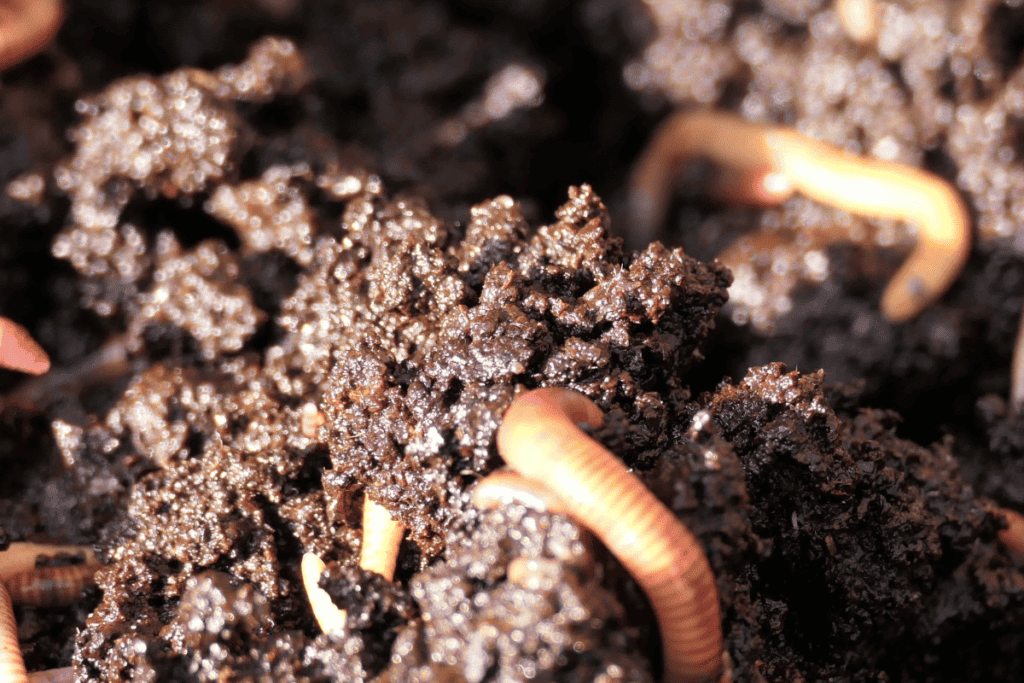Introduction
Worm composting, also known as vermicomposting, is a sustainable and efficient method of recycling organic waste while producing nutrient-rich compost. This guide will take you through the entire process, from setting up your worm bin to harvesting the black gold your worms create.
Why Worm Composting?

Discover the environmental benefits and why choosing worm composting over traditional composting methods is a game-changer for both urban dwellers and gardening enthusiasts.
Getting Started
Selecting the Right Worms
Understanding the different types of composting worms and choosing the ideal species for your needs.
Setting Up Your Worm Bin
A step-by-step guide on creating the perfect environment for your worms, including bedding materials, moisture levels, and container options.
Feeding Your Worms

Ideal Kitchen Scraps
Learn what kitchen scraps are worm-friendly and which ones to avoid, ensuring a balanced diet for your wriggly composter friends.
Maintaining Optimal Conditions
Explore the importance of maintaining the right temperature, moisture, and aeration for a thriving worm bin.
Troubleshooting Common Issues
Dealing with Odor
Tips and tricks to eliminate unpleasant smells from your worm bin and keep it odor-free.
Addressing Overpopulation
Guidance on managing a rapidly growing worm population to maintain a healthy ecosystem within the bin.
Harvesting Your Worm Compost
Recognizing When It’s Ready
Understanding the signs that your compost is ready for harvest and how to avoid harvesting prematurely.
Separating Worms from Compost
Techniques for separating your worms from the finished compost without harming them.
Utilizing Your Worm Compost
Enhancing Garden Soil
Explore the various ways worm compost can significantly improve the quality of your garden soil and boost plant growth.
Indoor Plant Care
Tips on using worm compost for your indoor plants and container gardens.
Worm Composting and the Environment
Carbon Footprint Comparison
An eco-friendly analysis comparing the environmental impact of worm composting to other waste disposal methods.
Community Composting Initiatives
Highlighting community-based worm composting programs and their positive impact on local sustainability.
Conclusion Worm Composting
Worm composting is not just a trend; it’s a powerful tool in our journey towards sustainable living. By following this complete guide, you’re not only reducing waste but also creating a valuable resource for your garden. Embrace the world of vermicomposting, and let your worms work wonders for the environment.
FAQs: Frequently Asked Questions
Can I use any type of worms for composting?
While many worms can consume organic matter, not all are suitable for composting. Stick to red wigglers (Eisenia fetida) or redworms for the best results.
How often should I feed my worms?
It depends on the size of your worm bin and the amount of waste generated. Generally, aim for once a week, gradually increasing as your worm population grows.
What should I do if my worm bin becomes too wet?
Add dry bedding materials like shredded newspaper or cardboard to absorb excess moisture. Ensure proper aeration by fluffing the bedding regularly.
Can I compost meat and dairy in a worm bin?
It’s best to avoid meat and dairy as they can attract pests and create unpleasant odors. Stick to fruit and vegetable scraps, coffee grounds, and eggshell
Latest Posts
- What Types of Lettuces Can You Grow?

- How to Plant Onion Seeds for Maximum Germination

- How to Plant Parsnip Seeds for Maximum Germination

- How to Plant Mushroom Seeds for Maximum Germination

- How to Plant Lettuce Seeds for Maximum Germination

- How to Plant Kale Seeds: A Step-by-Step Guide to Maximum Germination Success!





